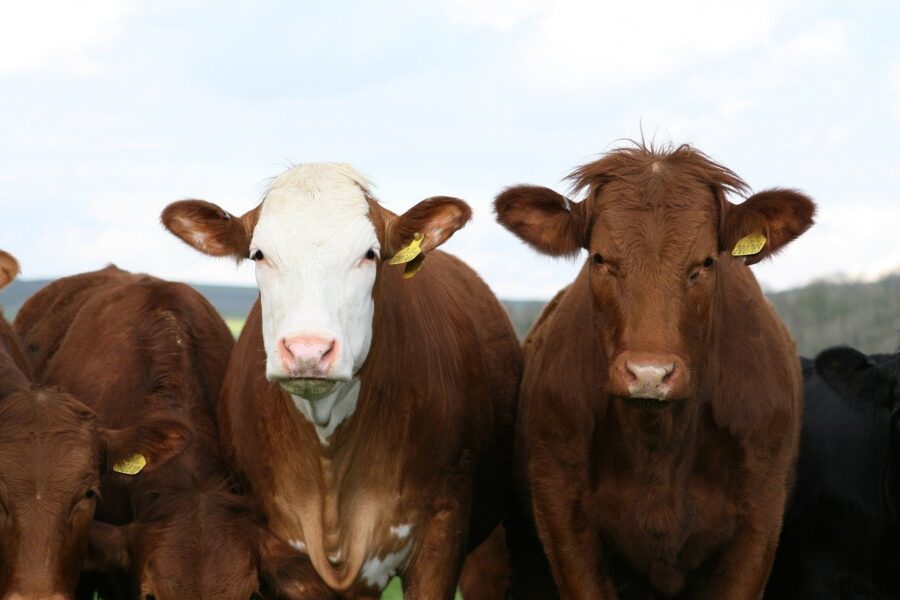Sweaty Cows Key To Surviving End Of The World

Our world is beset by unique and alarming challenges, not least escalating climate change and the heightened frequency of increasingly intense heat waves. Scientists consider the future of our food supply at potential risk, but don’t despair because an unlikely savior waits in the wings: sweaty cows. That’s right—new research from the University of Florida suggests breeding cattle with exceptional sweat ability could be key to ensuring the food keeps coming despite warmer climates.
Heat And Beef Production

Raluca Mateescu is a professor of animal science at the University of Florida Institute of Food and Agricultural Sciences (UF/IFAS); her work underscores the pivotal role heat-tolerant cattle play in our intricate food supply chain. To hear Mateescu tell it, upon becoming excessively hot, cattle cease eating. This cessation harms their health and development, in addition to endangering the food chain the cows play such a significant role in.
Sweaty cows—well, cows in general—naturally do away with nearly 85 percent of their body heat through sweat. As global temperatures rise, however, the cattle breeds currently populating the world struggle to cope. In fact, heat stress has emerged as a major limiting factor, one hampering beef production globally (but particularly in subtropical regions).
Mateescu noted that the cumulative cost of heat stress in beef production amounts to about $369 million a year.
Sweat Is The Elixir Of Life

But a recent study published in the Journal of Animal Science and Biotechnology offers a novel solution: the potential for breeding cattle more properly adapted to hot climates—that is, sweaty cows. The challenge is to identify and prioritize genes within cattle that enhance their sweating tendencies.
Thus, researchers will select offspring that can endure higher temperatures without any setbacks in growth or production.
Sweat Glands And Heat Tolerance

Mateescu’s research team focused on the Brangus breed of cattle—a mixture of Brahman and Angus cows. The experts examined 2,401 Brangus cows sourced from two huge commercial ranches in Florida. Studying the hordes of perspiring cattle, the scientists encountered major variations in their sweating ability despite all the sweaty cows being the same breed.
After conducting skin biopsies and performing genetic analysis, the researchers zeroed in on phenotypes contributing to heat tolerance; particularly, they pinpointed the size, depth, and length of sweat glands.
A More Resilient Herd

Ultimately, this genetic approach may well revolutionize cattle farming—especially in hot regions (which, as the world warms, will become increasingly common). By selecting cattle that sweat…well…farmers will be able to breed resilient herds more ideal for handling heat stress. Most importantly, the food supply can remain secure, ensured by the genetically preferable sweaty cows.
Genetic Wizardry

While all this talk of perspiring bovines might sound like some sci-fi comedy movie, the issue is fairly stark. As Mateescu warns, cattle unable to withstand increasingly hot temperatures are increasingly unlikely to reproduce, which would greatly disturb the global food industry.
Thankfully, however, the study’s findings are nothing if not promising. They evidence that genetic wizardry can harness the combined imprints of both Brahman and Angus genes to generate an evolutionarily fit organism: sweaty cows, fashioned from human high-tech.
Source: University of Florida










